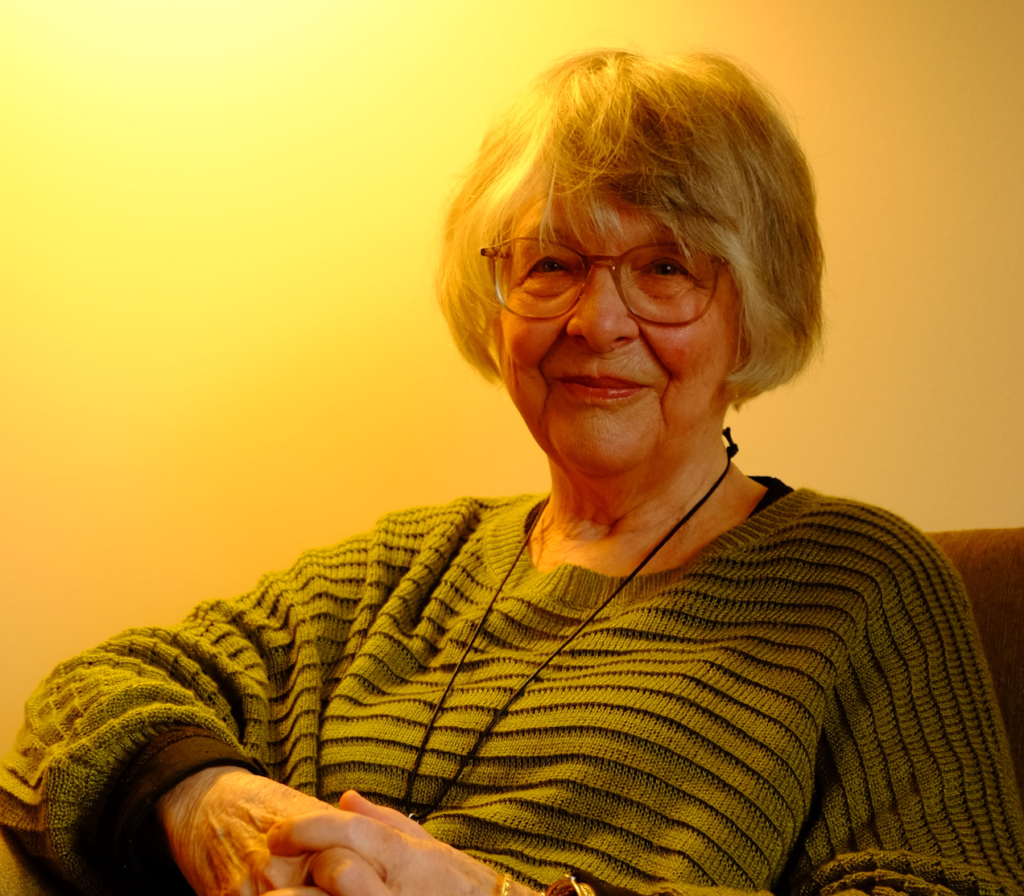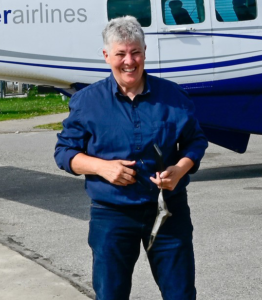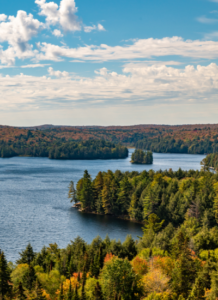Celebrating lifetime lobbyist and funder Susan Gibson
By: Conor Mihell on behalf of Wildlands League

Like so many nature lovers, Susan Gibson’s life has been illuminated by Henry David Thoreau’s assertion, “In wildness is the preservation of the world.” Gibson inherited a passion for the outdoors from her mother, and grew up exploring pine and granite shorelines in central Ontario. Childhood encounters encouraged her to become an avid birder, herpetologist and quiet observer of the natural world. “On some deep level I knew Thoreau was right,” Gibson says, reflecting on her lifetime of environmental lobbying and campaign funding. “I knew preservation of nature was a pathway I had to follow.”
Gibson is one of Canada’s greatest unsung lobbyists and funders for conservation. Yet her name is unknown except to insiders: she’s always preferred to remain anonymous in supporting Wildlands League campaigns to create new national urban parks, raise awareness of the hazards of developing the Ring of Fire mineral deposits in Northern Ontario’s vast peatlands, and develop long-term relationships with Indigenous communities—among many other research- and advocacy-based projects to preserve the natural world.
“When I think of heroes, Susan is right up near the top of my list,” says Cathy Wilkinson, an environmental consultant who has worked closely with Gibson. “She has the rare gift of understanding how to build something that will move at multiple levels. She also has a huge curiosity and she’s a wonderful naturalist. She takes complete joy in being on the land.”
Gibson, who now lives in Prince Edward County, combined her practical experience of working in the cabinet office of Ontario premier Bill Davis in the 1970s with deep passions for “canoeing, walking and deep looking” to become a champion for nature. Colleagues like Wilkinson are quick to recognize her tenacity and strategic vision—not to mention generosity—in supporting some of Canada’s most important non-profit conservation initiatives. Then Gibson went on to lead the Ontario Status of Women Council, battling for women’s rights while also lobbying for environmental issues. Conservation became her main focus in 1990, when she and her former partner established an anonymous family foundation that channeled funds to environmental non-governmental organizations for protected areas.
Gibson says her greatest achievement came early on in her funding career, just as Canadian ENGOs were gaining traction and visionaries like Monte Hummel were pitching big ideas. Her foundation made critical contributions to Hummel’s WWF-Canada Endangered Spaces, a program spanning the 1990s that urged the federal and provincial government to protect 100 million hectares across the country. This program inspired the Living Legacy, a massive expansion of Ontario’s provincial park system, in 1999. More importantly, Gibson notes, WWF-Canada, Wildlands League and other organizations shifted the emphasis of parks to preserving ecological integrity and biological diversity. “It was critical as a highly-funded, well-staffed, goals-driven national program for protected areas,” she adds. “Its legacy was the growth of science as the basis for protecting our natural heritage.”
Barely 20 years ago, Gibson says, conservation was driven by “fewer than 50 people working full-time for protected areas.” To better support these experts, Gibson’s foundation was the first to commit to multi-year operational funding, issuing three-year grants to allow ENGOs to truly invest in projects. “I saw the leaders of the organizations were exhausted,” she recalls. In chasing donations, “they didn’t have the time to do what they needed to do.”
Gibson considers leaders like Hummel, as well as John Lounds of the Nature Conservancy of Canada and Wildlands League executive director Janet Sumner and conservation director Anna Baggio as “the real heroes and heroines of an untold Canadian story.” In making long-term donations, she adds, “we got back so much more. These people work so hard. In comparison, our name wasn’t important. We were just providing energy for these great people to be change agents.”
For her part, Sumner remembers initially being intimidated by Gibson. “I was new at Wildlands League and she had a lot of questions for me,” Sumner says. “Susan was very up front and exacting in asking what I was going to do, what was my theory of change, and how I was going to make it happen. What I learned from her is that you need a compelling story to develop excitement in a campaign.”
Sumner says Gibson’s long-term grants offered security, the same way that monthly donations from today’s supporters (rather than annual lump sums) allow non-profit organizations to better forecast and allocate cash flow throughout the year. “That long-term faith in your work means you can do more long-term thinking and less lurching from campaign to campaign,” notes Sumner. “This allowed us to build relationships with local communities, such as in the case of Indigenous Nations of the Mushkegowuk Council and the Ring of Fire.”
More recently, Gibson has turned her attention to eliminating old-growth logging in Algonquin Provincial Park, where she has enjoyed many canoe trips. Gibson admits it’s unlikely she will be alive to celebrate when her goal is accomplished, but she’s impressed by ongoing campaigns by Wildlands League that have reduced the extent of forestry operations in the park.
The fact that logging is allowed to occur in a protected area should be a rallying cry for the millions of Canadians who love Algonquin, Gibson insists. “I don’t think enough people understand that they’re desperately needed to speak up and persuade the Ontario government,” she says. “We need to make a stronger request, especially from all the privileged Toronto citizens who went to camp there.”
Meanwhile, Gibson hopes the financial contributions she has funnelled into conservation serves as inspiration for others. A 2019 Imagine Canada report examining 30 years of data revealed only 2 percent of donations go to environmental causes. “It’s unfair,” Gibson says. “Such a tiny amount of charitable funds go to defending nature’s irreplaceable services.”
Now, with the federal government making unprecedented investments in nature in an effort to protect 30 percent of the country’s landmass by 2030, Gibson says it’s time for the public to step up and donate to the organizations that are making sure conservation is focused on protecting biodiversity, preserving natural solutions to climate change, and empowering Indigenous communities. “Even a small amount of money is tremendously effective,” Gibson says, “especially if it’s given on a continuous basis.
“I’ve been lucky to work and direct charitable dollars into my passion, which is saving our natural heritage,” she adds. “I’m still hopeful because of these leaders who act for nature everyday. My only regret is that only two have been awarded the Order of Canada. It’s their passion and they’re my most respected and treasured friends.”



